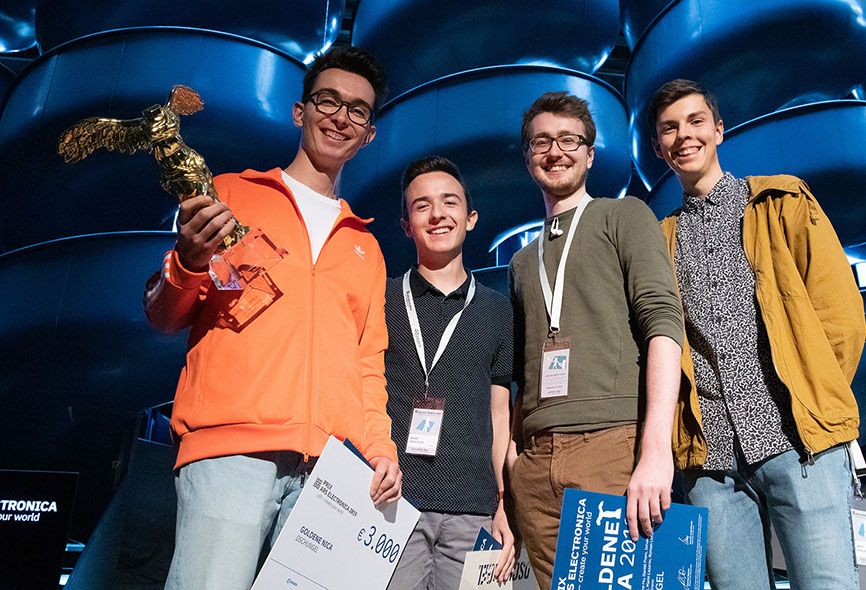Who determines what the next generation will be like in 20 years? Which technologies will we develop? How will our society change? Which artistic ideas can be useful to us? These are the questions posed by “create your world”, Ars Electronica’s future initiative for the next generation. Consisting of three sub-areas – tour, festival and prix – the platform invites you to experiment, explore and develop.
What’s most important here is that children and young people are not only the content of the whole thing, but also have their say. They are the source of ideas, researchers, developers and executors of the projects. They are what it is all about. At the Prix Ars Electronica u19 – create your world, not only are their ideas honored, but those who don’t win also have the chance to be discovered. We asked the director of create your world, Hans Christian Merten, and the project manager Marion Friedl, who is responsible for the Prix Ars Electronica in the u19 – create your world category, from a child’s point of view, what this competition actually is, why one should definitely take part and what else create your world has in mind.
What kind of competition is the Prix? What’s it about?
Hans Christian Merten: You should submit for the Prix, because it is the only competition where you have few restrictions regarding what you can submit. It is almost like a lottery, but a high-quality future lottery. It’s all about experiencing the perspectives and ideas of young people, so that as Ars Electronica we can reflect again and again whether we’re on the right track. That brings us to the point where we say:
“Show us what you’re working on and what’s on your mind: Something great, something critical, something that upsets you, that pleases you. Show us your view on the world, on the future of the world!”
This sounds dramatic at first glance, but this perspective can also be found in a drawing or in an idea; it doesn’t have to have a concrete form yet. Through our experience and with the help of the jury, we will then bring your ideas into a relevant form. The competition is characterized by being as open as possible and the only requirement is future relevance.
Precisely because this competition is organized by Ars Electronica, it is the only category that is not exclusively concerned with media art, new processes and complex technologies. For us, it’s more about Ars than about Electronica. It’s more about the analogue, it’s about the future. The haptic is in the focus and it’s perfectly fine, for example, to send us a submission by post – we’re happy about that! The environment is relevant for us – always has been, not just since the topic became popular.
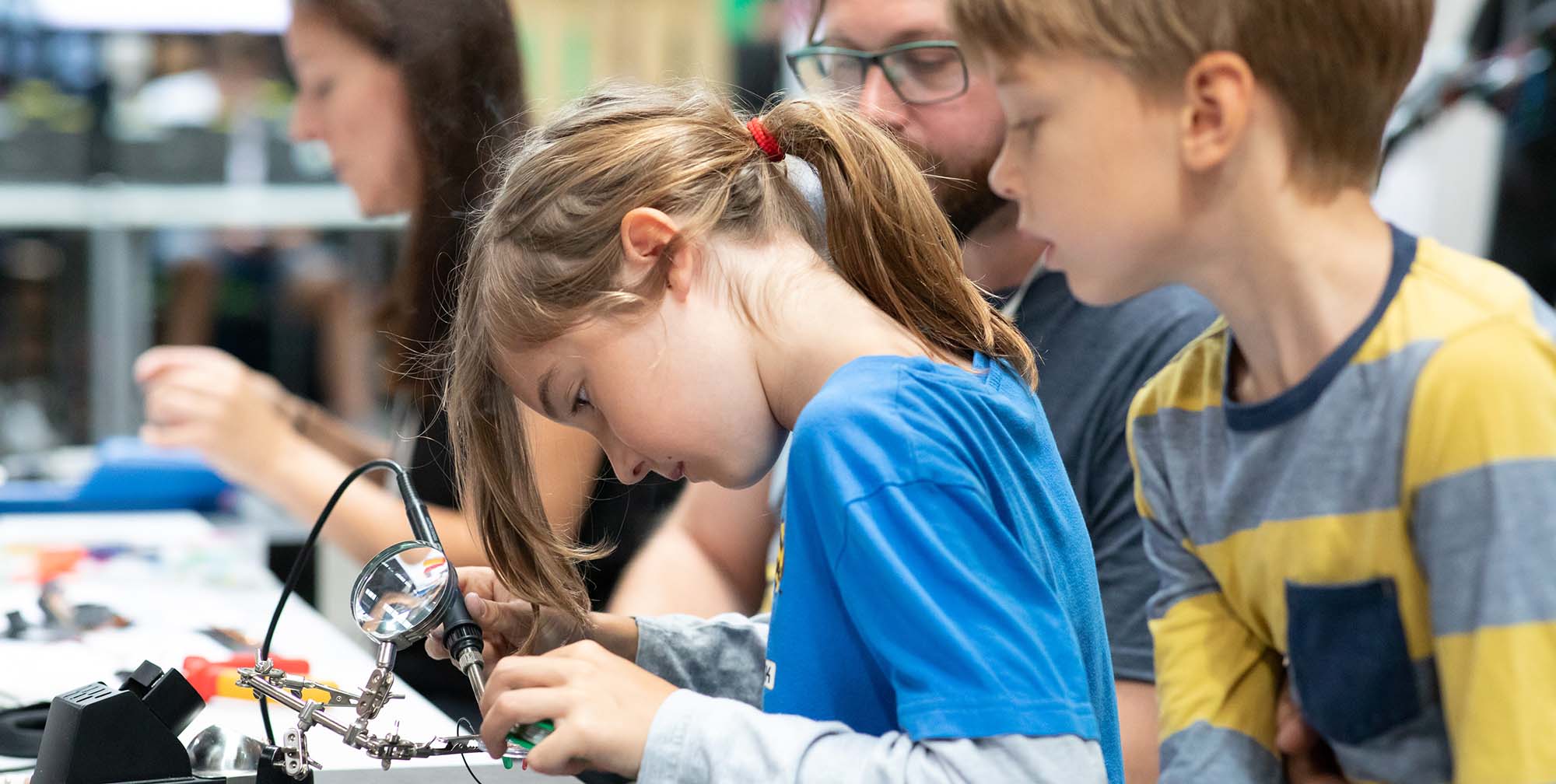
What does create your world actually mean?
Hans Christian Merten: When translated, it means: Create your world! That’s all.
Marion Friedl: It’s an invitation and can be understood quite literally! The exclamation mark is very important!
Which restrictions do exist?
Hans Christian Merten: The only limitation, i.e. the only time you are in the wrong place, is when you say: “Everything used to be better! It’s more like, “In the future, it should be one way or another.” We are looking for both positive and negative future scenarios.

Okay, now I understand better. But what’s the point of submitting?
Marion Friedl: Where else is there a place where you can say what you want and get feedback? Where else does someone listen to me, where can I tell everything that is on my mind? Where else can I get feedback, be taken seriously and get a comparison with other projects? Nowhere else is that possible. We take your visions seriously and give you feedback!
Hans Christian Merten: We are not looking for superstars! We are not a competition where you have to pretend. We have become a talent promotion agency and have made it our business to discover talent. We then try to pass this on to our cooperation partners and remind them: there is a generation that can do something, that has what it takes!
We do not claim to determine which topics will be relevant in the future. We simply state that there is a talent that should be promoted. We don’t want to deform this talent and put it into categories, but we take it as it is, as it was submitted and pass it on in exactly the same manner. For example, for a summer job where you can develop your talent. From the pool of submissions we will keep on selecting over the years. So it could be that you submitted last year and in 2020 we will contact you to present your project internationally.
Every other format tries to create a concept and shape the talents accordingly – be it the school system or “Deutschland sucht den Superstar”. This is exactly what we do not want! We take what is there and see where the talent can be used – just as it is. We want to motivate and reward, regardless of whether you win the Prix or not. We also exhibit projects that did not win, or select them for follow-up projects.
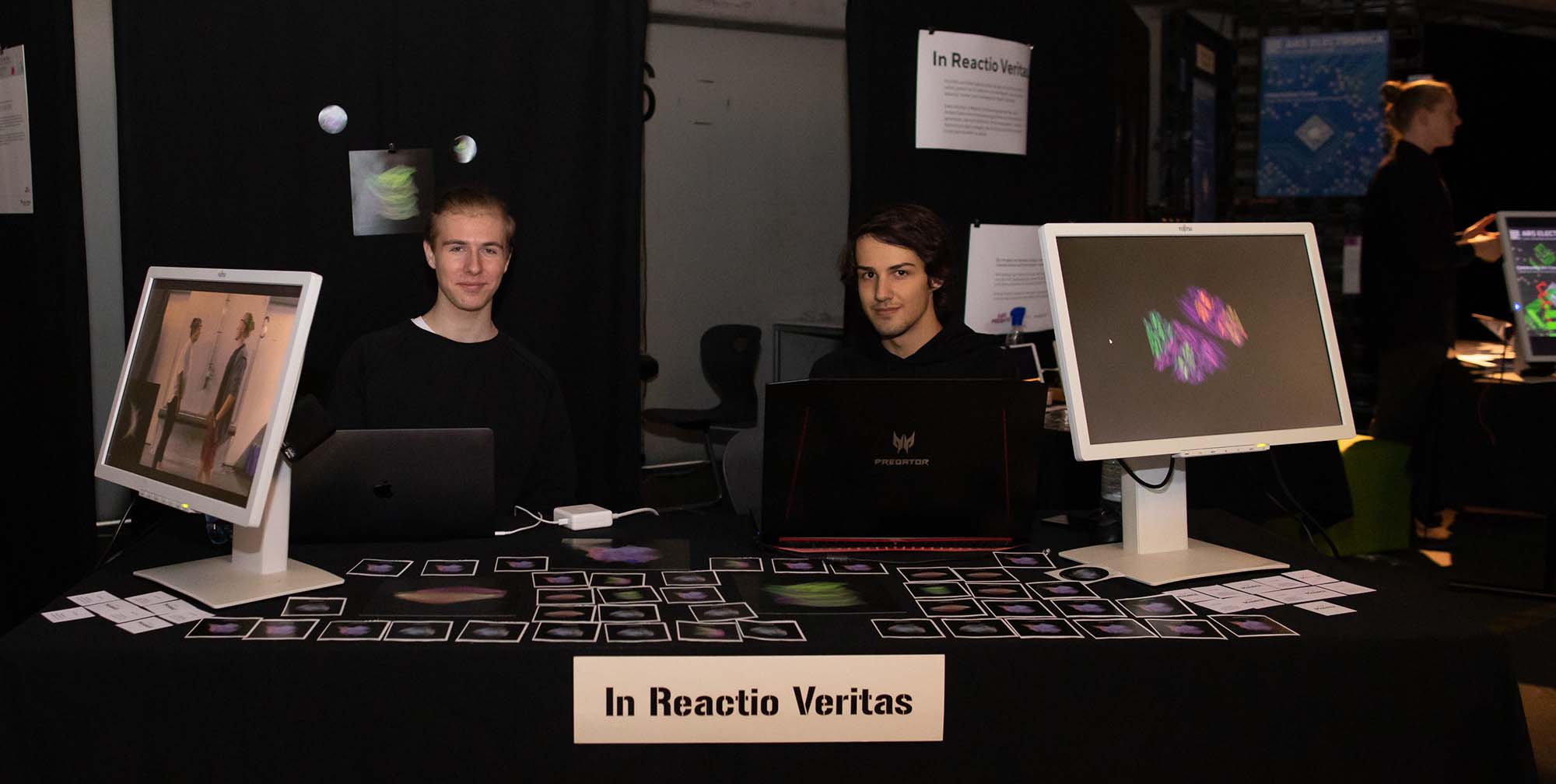
What happens then if I actually win?
Marion Friedl: First of all, every year the five-member jury meets, which is always reconstituted anew. It looks closely at each individual submission from the pool of entries and ultimately provides feedback on each project. This gives the jury a comprehensive picture of the moods, the tools and means of expression that exist among the different age groups, which topics are important to them and what concerns them. From this, it is filtered out which are the best projects in the categories Young Creatives and Young Professionals and the Special Award.
The prizewinners are also heavily involved in the presentation of their projects at the festival, they are present at the festival themselves and can talk about their ideas and visions. This in turn results in new contacts, networks and thus (job) opportunities for the children and young people.
What do you get in the end? The prizes, of course. There is an award ceremony, you get to know people, you get to talk to other winners and can benefit from each other, which might lead to other projects.
But on the other hand, there is also the immaterial benefit, the contacts, the networks: recently, prize winners were at the media art festival in Dresden and came back hyped because they met many other people who had already gone through similar phases in the project design as they had themselves. This has helped them tremendously!
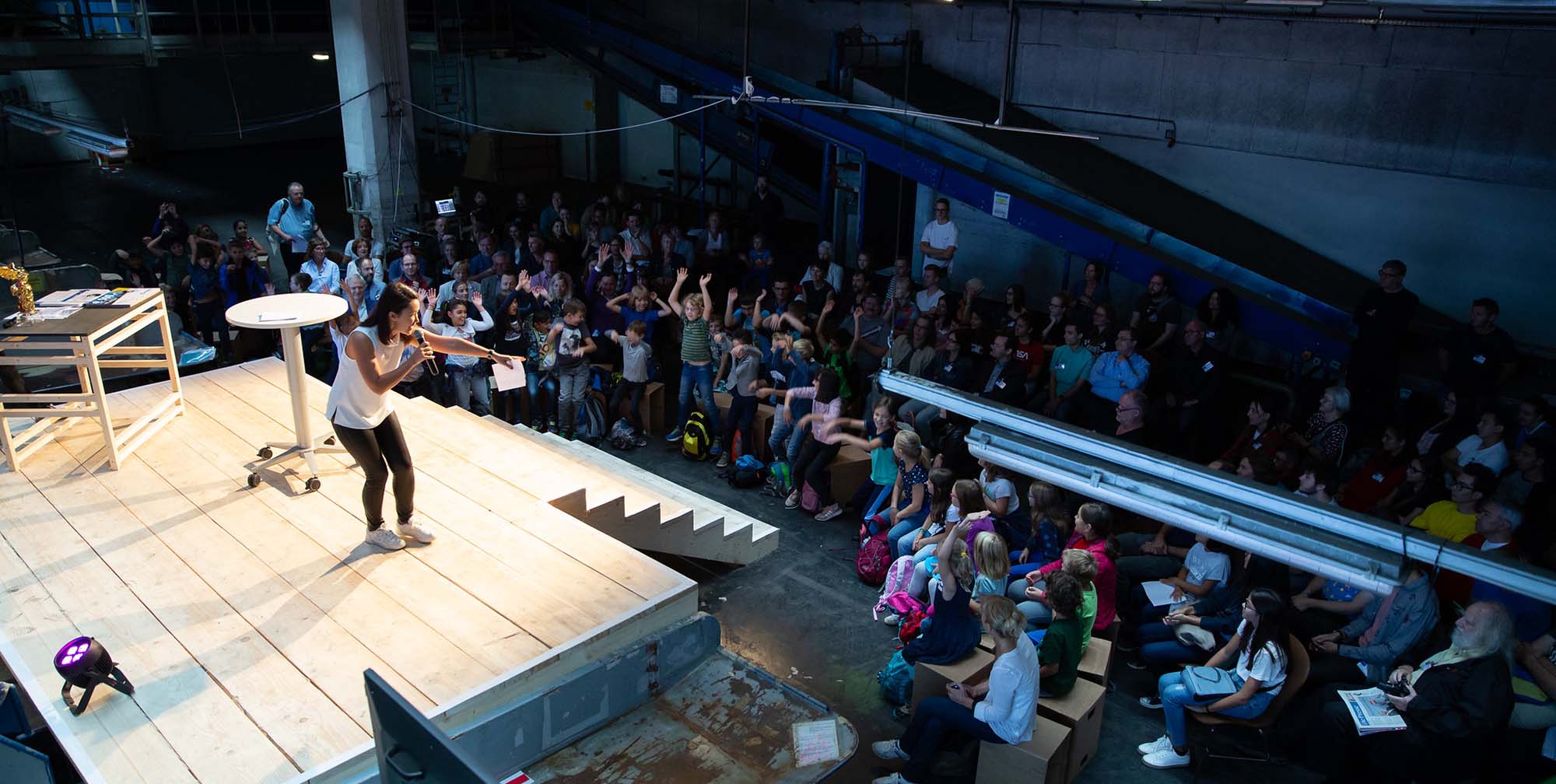
Assuming I am super shy and don’t want to go on stage and out in public, is that something for me at all?
Hans Christian Merten: Anything goes! What distinguishes us is that we act very individually instead of systematically. Mainly we want to be a contact point for those projects where everybody says: “Cool thing you do” but nobody finds a container for it. At best, you hear in school: “Cool what you do, Marie, but now we have mathematics.” We’ll take this up anyway and give you options.
A good example is Plottegoino. Benjamin Aster has built a plotter out of Lego – basically a great project, but per se nothing brand new, nothing that doesn’t exist yet. Building with Lego is this child’s greatest hobby, he has worked intensively on it and he has looked for ways to rebuild a plotter. He has come up with a solution in a unique way. But there are instructions on the internet, open source, he hasn’t invented anything new. Only his enthusiasm is unique. He has demonstrated to us that he loves to build and work with Lego.
So the project itself is not full of meaning, it has no great relevance for the future, it’s just an excerpt from his life and shows what he is doing. We asked ourselves the question whether the child would not be interested in showing his interest to others. We sent this project to Budapest, for example, to another media art festival, where he had a presentation. That was very easy for him, because he only had to talk about his enthusiasm. So the topic suddenly regained relevance and appreciation.
Marion Friedl: At the festival itself, he also worked with great enthusiasm and commitment to ensure that the project was exhibited and that visitors could see and try it out – even when something didn’t work. This commitment is even greater when the child or young person realizes that he or she is getting appreciation for what they are doing.
In addition, when I show the project to others, it is seen from other perspectives. A discourse develops and you get different perspectives – from inside and outside. That’s what the competition does.

If we look at the whole year – what else does create your world do besides this major project Prix?
Marion Friedl: On the one hand, we have the annual Youth Exchange Project – a cooperation with media art festivals in which we exchange projects. This means that we send projects to other festivals, and an artist comes to our festival and works on a project with young people for five days. The whole thing has existed since 2013.
The Young Animation Program is also an annually recurring format, in which we show animations of the Prix submissions at u19 within our animation festival. In addition, there are films from our partners in Europe.
Hans Christian Merten: In general, you could say that we engage in intensive international youth exchange – both with media art festivals and with the European Capitals of Culture. Children and young people are also very important to them for regional and urban development on an artistic level.
Through the create your world tour we have been entering the existing educational system since 2015, but in an experimental way, because we are constantly reflecting the format anew. We approach artists and see how we can mobilize the project they showed at the festival to bring it to schools. This means we bring brand new projects, some of which are still in development, to educational institutions immediately.
Perhaps the work of create your world and the possibilities of our platform can best be explained with a concrete example. Take “In Reactio Veritas”: The project was submitted as a concept for the Prix, it did not win. The jury did not select it as a winning project. In the course of a cooperation with the PH and the AK, which supported projects in the context of a summer job, we encouraged the young people to complete the concept. The project was then exhibited as an Open Lab, visitors could interact and test it. Afterwards it was mobilized to go on create your world tour and thus pass it on to other young people. The submission itself was not yet perfected: no video, no finished project – simply an idea. One year later the project was ready, attracted international interest and went on tour to schools to present itself. We can offer these possibilities at create your world.

Hans Christian Merten has been the director of Ars Electronica’s create your world initiative since 2013. He studied audio technology and design in Vienna and completed various courses at the Bruckner University in Linz. From 2002 to 2010 he taught at the University of Applied Sciences in Hagenberg (media technology and design) and at the BHS for Communication and Media in Freistadt. 2010 – 2013 he was artistic director of the multiple award-winning festival “kult – das neue Mühlfestival” in Freistadt and since 2005 he has been an independent artist and director of the project studio Music for Film & Media in Gutau (Upper Austria).
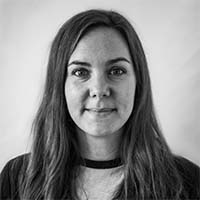
Marion Friedl has been project manager at create your world since 2015 and as such is responsible for the Prix Ars Electronica in the “u19 – create your world” category. She studied art history at the Karl-Franzens-University in Graz and worked for various art and cultural institutions. Among other things, she worked from 2011 to 2015 in the architectural education department at the Haus der Architektur Graz and in 2014 as project assistant at the < rotor > Verein für zeitgenössische Kunst.
If you are between 0 and 19 years old, you are strongly invited to participate in the Prix Ars Electronica u19 – create your world. You can submit your projects, your ideas, paintings, models or anything else you can think of here.
To learn more about Ars Electronica, follow us on Facebook, Twitter, Instagram et al., subscribe to our newsletter, and check us out online at https://ars.electronica.art/news/en/.
